
|
|
|
|
|
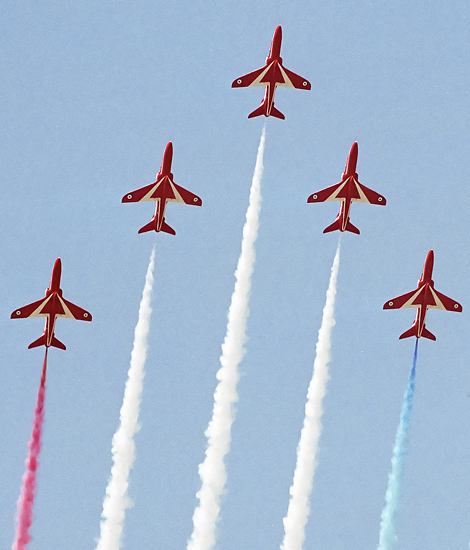
|
The no 300 Squadron; Gilze-Rijen, 15-20 juni 2005
The Luchtmacht Open Dagen 2005, part 3; Text and Photograph's by Alex van Noye
The second squadron of the THG-KLu of the RNLAF is the no 300 Squadron. The no 300 Squadron is stationed at
Soesterberg Air Base. From 1996, the air force received 17 Cougar helicopters which are all assigned to the
no 300 Squadron. In addition to the Cougar, the unit also flies 4 Allouette III helicopters.
The no 300 Squadron was founded by Polish pilots during the Second World War. The unit was officially established
in October 1962 as part of the Royal Netherlands Air Force. The no 300 Squadron was formed at Ypenburg Air Base.
The unit flew the Piper Super Cub and the Hiller H23B Raven. The no 300 Squadron received its first Allouette
III helicopters from 1965. The squadron possessed a total of 18 Allouette III heli- copters. The no 300 Squadron
moved from Ypenburg Air Base to Deelen Air Base in 1968 after a period of 6 years. The unit was based at Deelen
until 1996. The main tasks of the no 300 Squadron, are; transportation of cargo, transportation of wounded people
and the training of helicopter pilots. The famous demonstration team “The Grasshoppers” was part of the no 300
Squadron for many years. The team was founded in 1973 at Deelen Air Base as part of the no 299 Squadron. The
Grasshop- pers flew with 4 Allouette III helicopters during the demonstrations. The helicopters were completely
painted in a red white and blue color scheme. The team was disbanded on August 8, 1995, due to budget cuts. The
no 300 Squadron moved from Deelen Air Base to Soesterberg Air Base in the summer of 1995. The outdated Allouette
III was replaced by the AS-532 Cougar. The old emblem of the no 300 Squadron showed a fly in a blue circle. All
GPLV units had an insect in their unit symbols at that time. The new unit badge shows a Cougar in the same blue
circle since the switch to the Cougar. The squadron spell of the no 300 Squadron says "In Mobilitate Vis Nostra".
This means "Our Strength Lies in Mobility”.
A contract was signed with Eurocopter for the acquisition of 17 AS-532U2 Cougar helicopters on October 29,
1993. According to the schedule, 10 Cougars were delivered to the air force in 1996; the last 7 helicopters
were delivered in 1997. The history of the Cougar starts with the French-British SA-330 Puma. This medium
heavy tactical support helicopter was primarily designed to transport troops and equipment
|
|
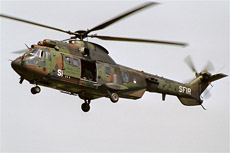
|
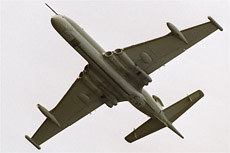
|
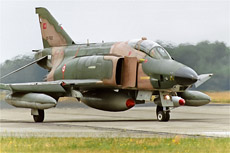
|
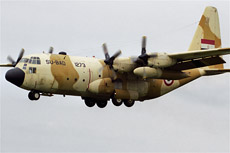
|
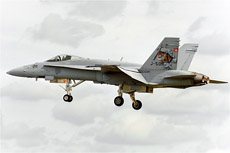
|
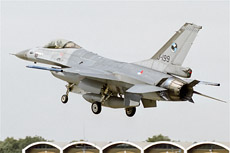
|
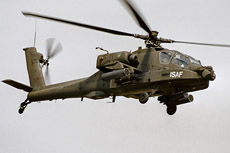
|
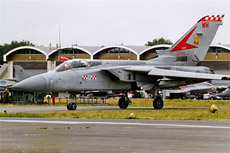
|
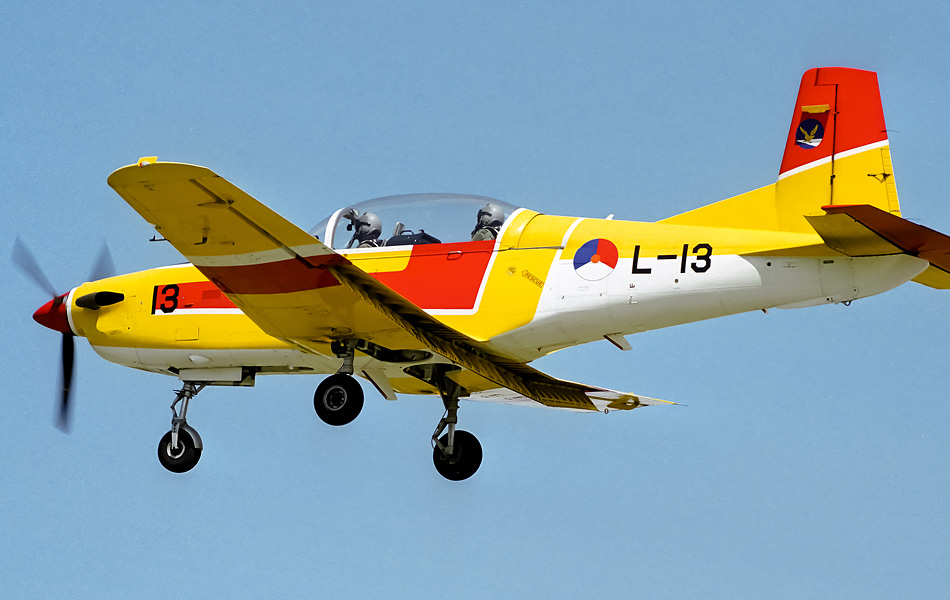
|
and was designed in 1965. The Puma was rebuilt by the French branch of Eurocopter; the helicopter became longer
and heavier. The result of this update was the AS-332 Super Puma. The military version of the Super Puma became
the AS-532 Cougar. The Cougar is compared to the Puma more than 2 meters longer and it can carry twice as much
fuel. Additionally, the Cougar can carry 50% more cargo, its operational range became bigger and its top speed
was much faster. The Cougar was over the years multiple times deployed for several operational missions. The
Cougar played an important role during the detachment in Bosnia in 2001 and 2002 in the context of the
Stabilization Force (SFOR). The air force helicopters were deployed for various transport tasks. One of the
main tasks was supporting medical evacuations by the Incident Response Team (IRT). There was a helicopter
stand-by 24 hours a day. This helicopter was specially fitted with a winch for this task and medical equipment
was on board of the helicopter. A medical specialist was added to the crew. The no 300 Squadron took over the
helicopter detachment of the Chinooks in Iraq in 2004. The Cougars transported personnel and equipment and were
24 hour stand-by for MEDEVAC missions for the Dutch Battle Group. The Cougars are at this moment deployed in
Afghanistan to support the Task Force Uruzgan (TFU).
The weather on the first airshow day was not good. The whole field was covered under a thick layer of clouds.
There was unfortunately no upcoming change in the current weather today. I did not make too many photos today
due to this situation. A British Hercules came in as support for the Red Arrows at the start of the airshow.
A second British Hercules was already on the flightline. This Hercules would fly a spectacular demo. I managed
to capture a few excellent photos of this aircraft despite the dark weather conditions. Also the Airpower Demo
brought me a few very good pictures. After the Airpower Demo, I decided to walk over the static show. I was
looking for the Egyptian Gomhouria. I am normally not a static photographer, but this aircraft is very
special; I had to capture it, because it was a highlight during the airshow. I decided to go home after I
took a photo of this small aircraft. The weather was too poor to stay until the end of the airshow.
The weather on the second airshow day at Gilze-Rijen was much better as it was on the first day. The temperature
today would rise far above the 30 degrees Celsius. The weather conditions changed drastically in a positive
way. The first demo which was flown was the demo of the Belgian Sea King. Also the Swiss Cougar performed a
very spectacular demo. The Red Arrows flew their demonstration after the demo of the Cougar. The Red Arrows
gave an early demo because they had to go to another show in England. The Belgian demo F-16 flew at the end
of the morning. The Airpower Demo started at noon. It was from my current position very easy to catch the
incoming Hercules during the demo. The English block began at the beginning of the afternoon. The British
demos consisted of; the Tornado F3, the Harrier, the Hercules and the Lynx. These demonstrations brought me
a few very good action photos. The red arrows were preparing themselves for their departure to the UK. The
support of the Red Arrows was a Hercules from New Zealand. The Austrian Draken was already at the holding
point during the departure of the British aircraft. The spectacular demo lasted no more than 10 minutes.
The bright yellow PC-7 from Woensdrecht Air Base entered the runway for its demo. This aircraft was quickly
followed by the F-16 Demo of the Dutch Solo Display Team. The last demonstration of the airshow was flown
by the Swiss F-18 Hornett. This aircraft flew a very spectacular demonstration. The Open Dagen at Gilze-Rijen
were over after the landing of the Hornett. Unlike yesterday, the weather was fantastic during the second day.
|
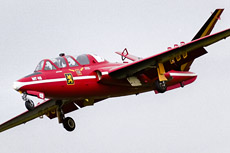
|
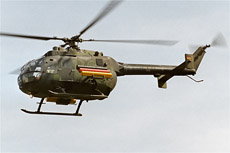
|
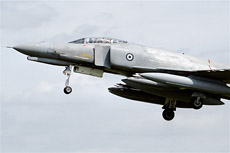
|
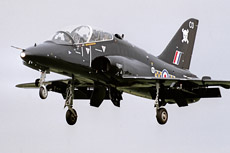
|
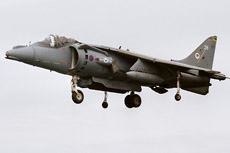
|
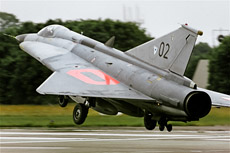
|
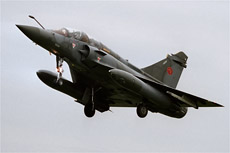
|
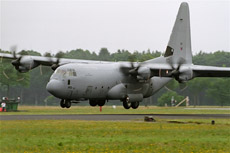
|
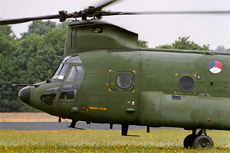
|
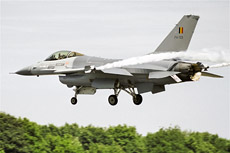
|
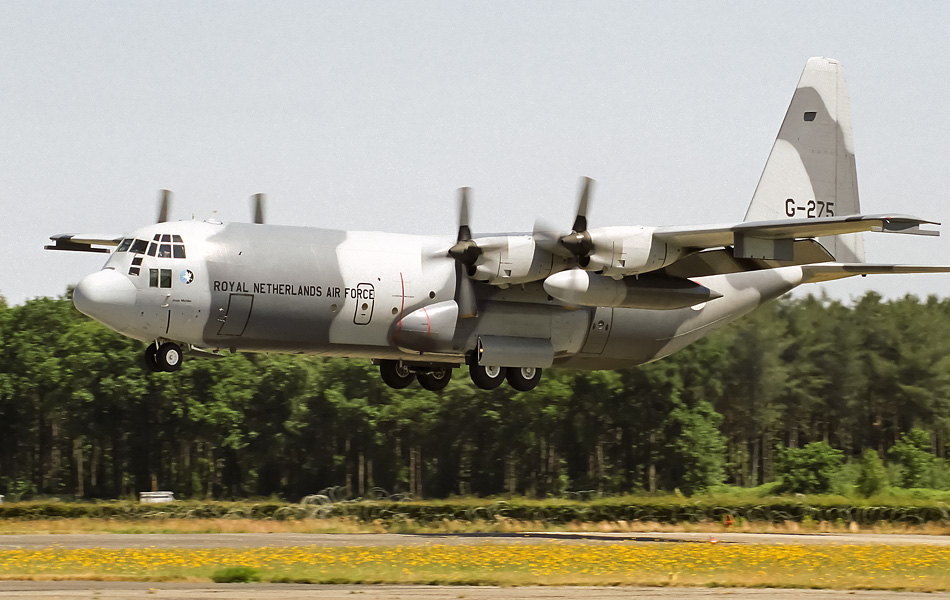
|
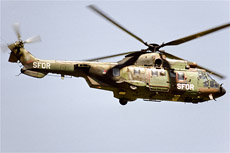
|
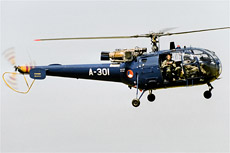
|
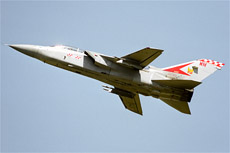
|
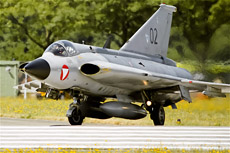
|
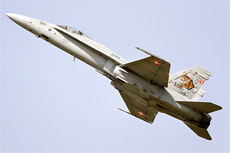
|
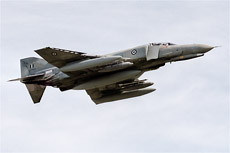
|
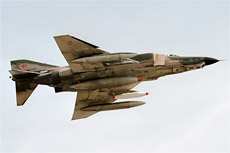
|
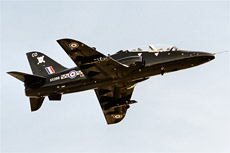
|
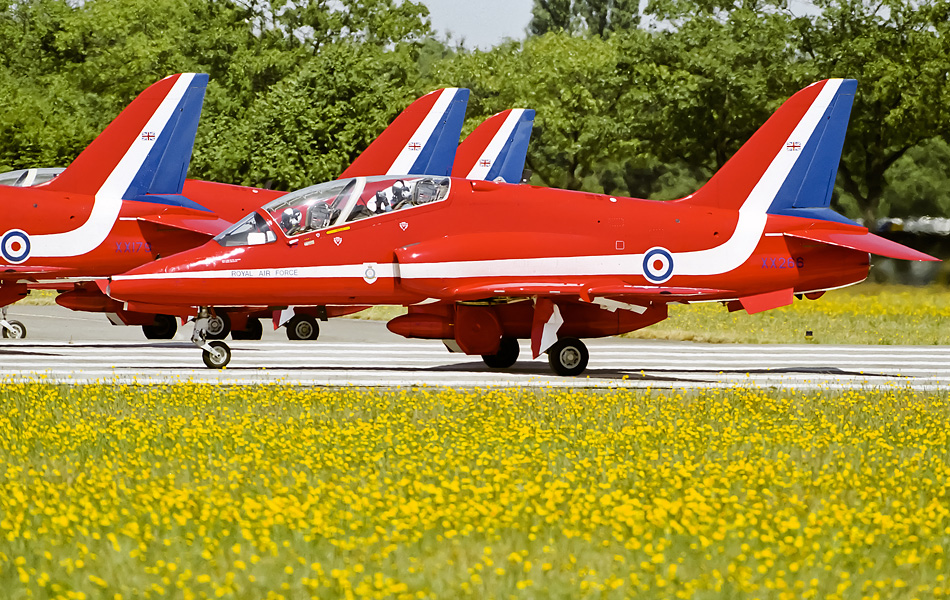
|
|
|

|







